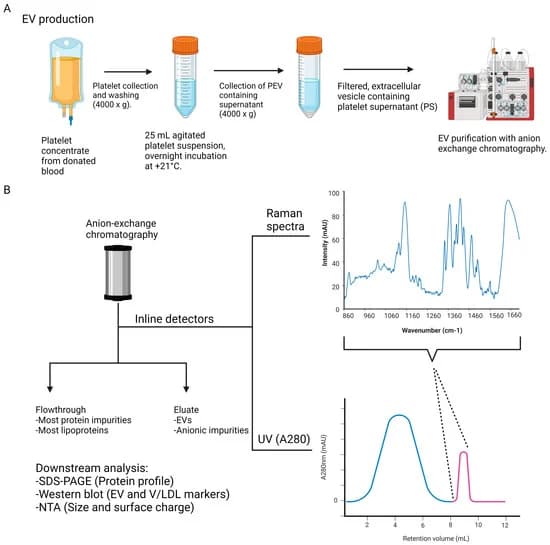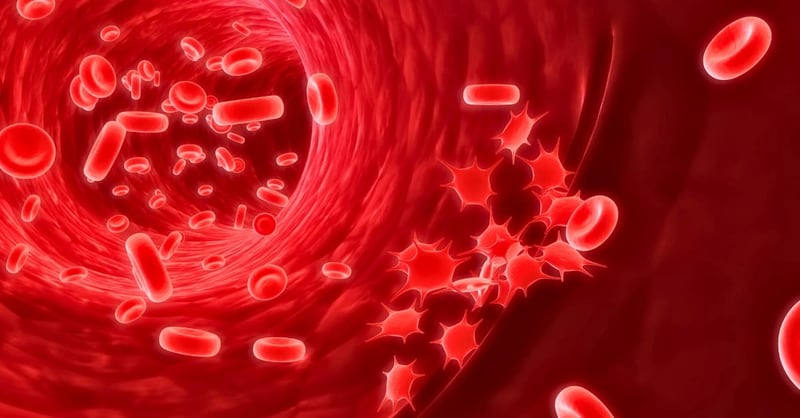Bismuth Oxybromide Photocatalysts: Synthesis, Characterization, and Paracetamol Degradation
A research paper titled Enhanced visible-light activity of bismuth-rich oxybromide photocatalysts: Focus on synthesis, characterization, and modeling has been published in the Journal of Environmental Chemical Engineering by researchers Sajad Ahmadi, Velma Beri Kimbi Yaah, Kati Asikainen, Soukaina Ameur, Rafal Sliz, Sergio Botelho de Oliveira, Matti Alatalo, Rachid Brahmi, and Satu Ojala.
This research investigates the use of bismuth oxybromides (BiOBr) and bismuth-rich oxybromides as photocatalysts for degrading paracetamol in water. The study explores the synthesis of BiOBr, Bi3O4Br, and Bi24O31Br10 using a solvothermal method, examining how pH and temperature influence their structure and photocatalytic activity. The study employs Timegated® Raman Spectroscopy to obtain Raman spectra and structural details of the photocatalysts. Timegated® PicoRaman spectrometer was utilized to collect structural data on the photocatalysts Bi3 and Bi24. The Raman findings align with X-ray diffraction (XRD) data concerning the structure of Bi3-180 °C* (identified as Bi24) and Bi24-110 °C** (identified as Bi3).
The Bi3O4Br photocatalyst, synthesized at 160°C, exhibited superior performance, achieving 80% paracetamol degradation and significant total organic carbon removal. Through characterization and DFT modeling, the study highlights the enhanced charge carrier separation and superoxide formation facilitated by the Bi3O4Br structure. These findings demonstrate the potential of bismuth-rich oxybromides as effective visible light-driven photocatalysts for pharmaceutical pollutant removal. Stability tests confirmed the structural integrity of the photocatalysts.
The open-access article is available here.
Abstract
Bismuth oxybromides (BiOBr) are promising visible light activated photocatalysts for degradation of pharmaceuticals in water. However, light absorption of BiOBr is limited to a narrow range of visible light and the rate of electron-hole recombination is quite high. Bi-rich bismuth oxybromides, such as Bi3O4Br and Bi24O31Br10 as an improvement to BiOBr are expected to show better band structure, optical properties, and charge carrier separation efficiency. In this study, BiOBr, Bi3O4Br, and Bi24O31Br10 were synthesized using a controlled solvothermal method. The photocatalysts were synthesized at 110 °C, 160 °C, and 180 °C for 18 hours. It was found that pH and temperature affect the structure, morphology, and crystallinity of the final products. BiOBr is achieved at pH around 1, while alkaline pH leads to formation of bismuth-rich oxybromides such as Bi3O4Br and Bi24O31Br10. An increase in the Bi/Br atomic ratio leads to changes in electronic band structure and better photocatalytic activity in paracetamol degradation. Among the photocatalysts, Bi3O4Br-160 °C demonstrated superior visible light activity with 80 % degradation of paracetamol and 50 % total organic carbon removal in 360 min. Based on the characterization and DFT modeling, this photocatalyst had highest conduction band minimum improving superoxide formation and better charge carrier separation efficiency. This study provides in-depth and detailed characterization of the BiOBr, Bi3O4Br, and Bi24O31Br10 and shows their activity as visible light driven photocatalysts.
Contact us for more information on Timegated® Technology for Chemical Analysis.




